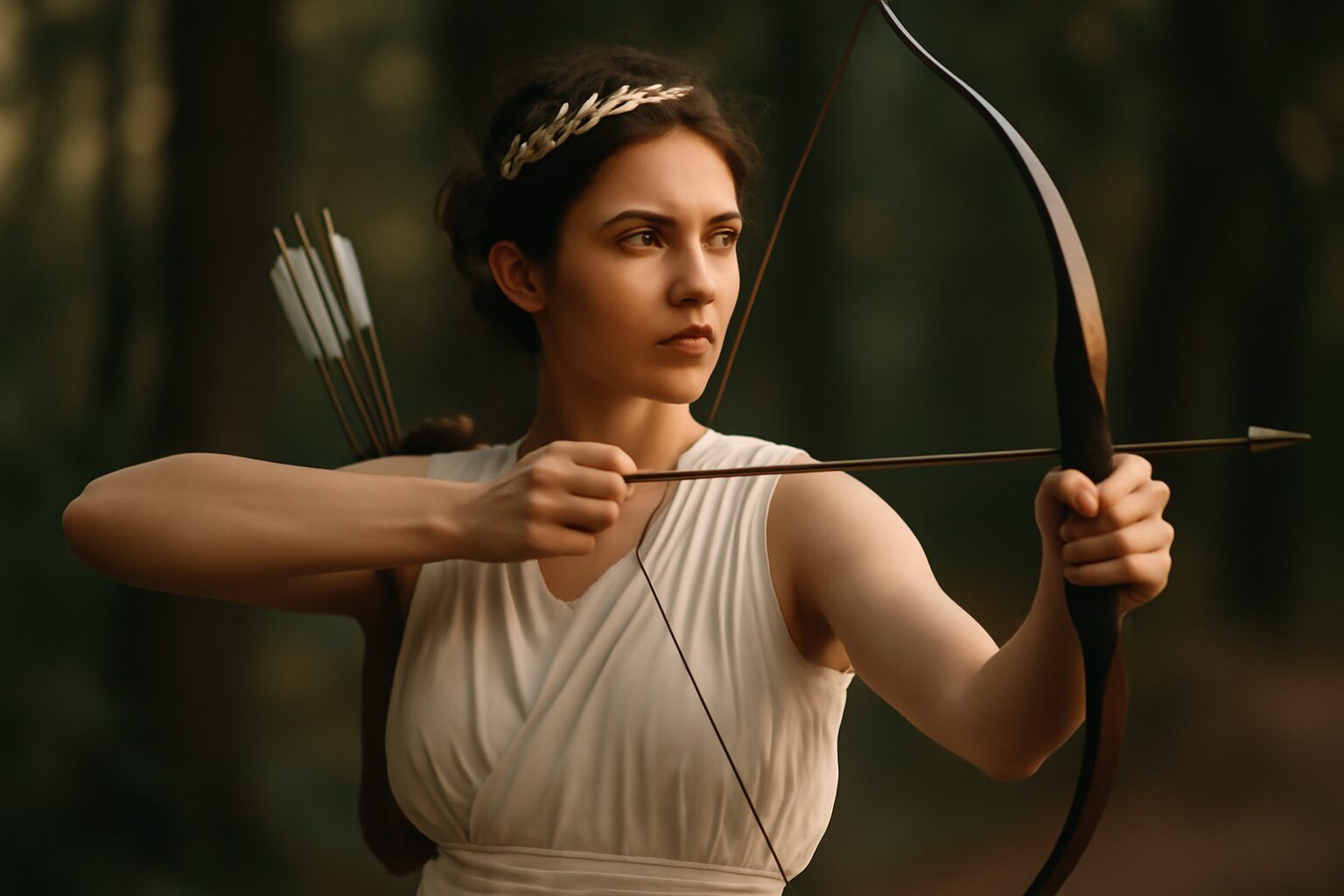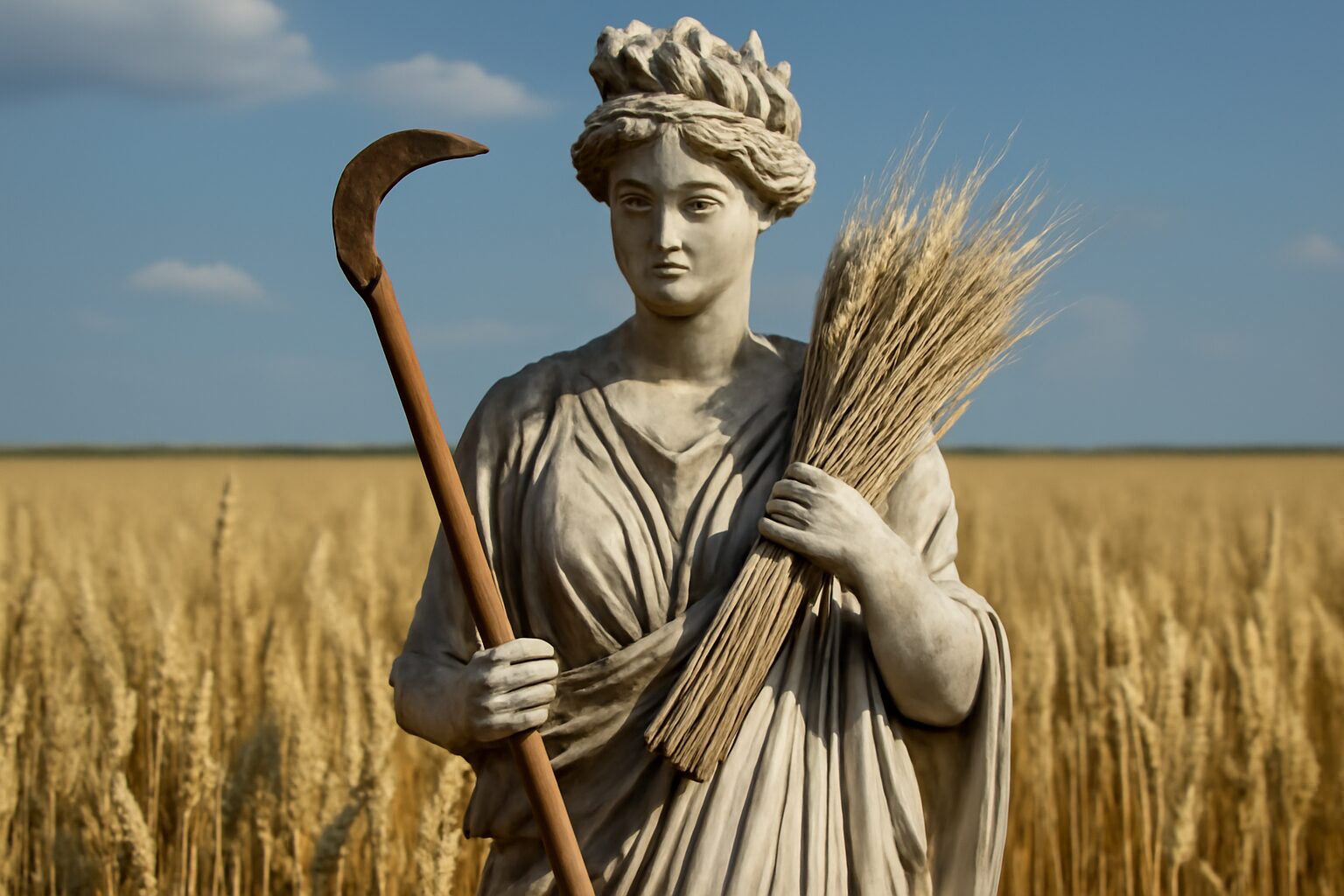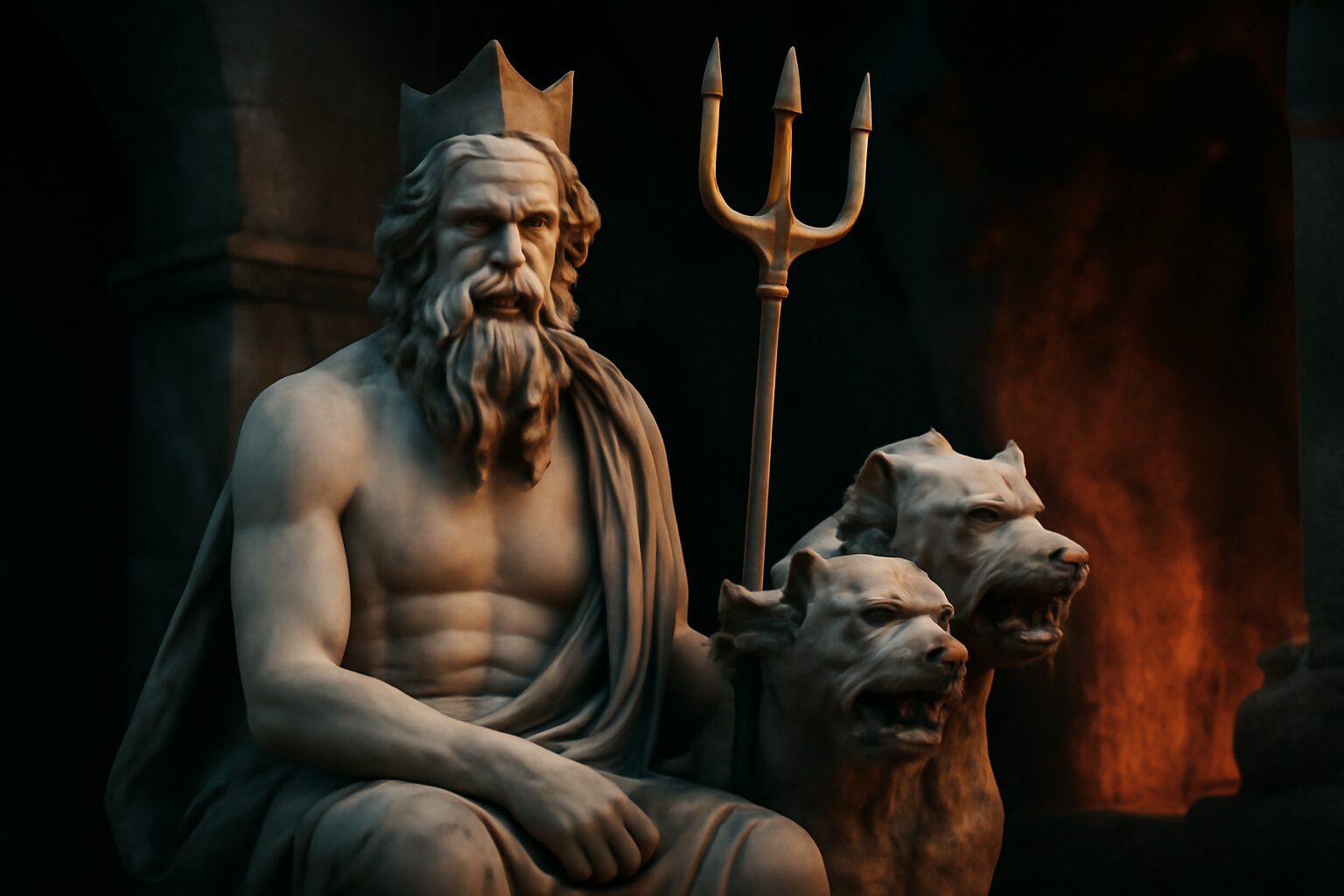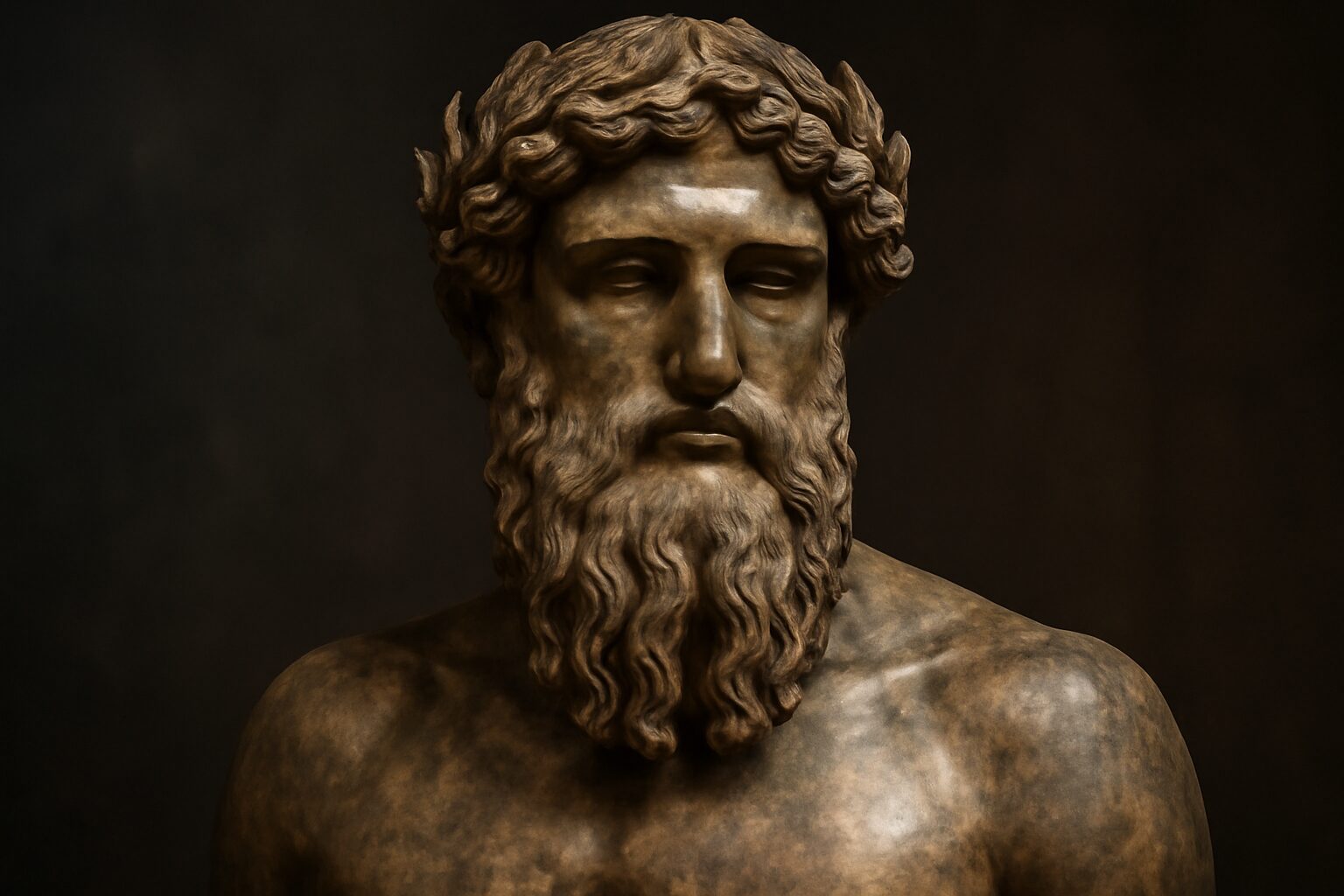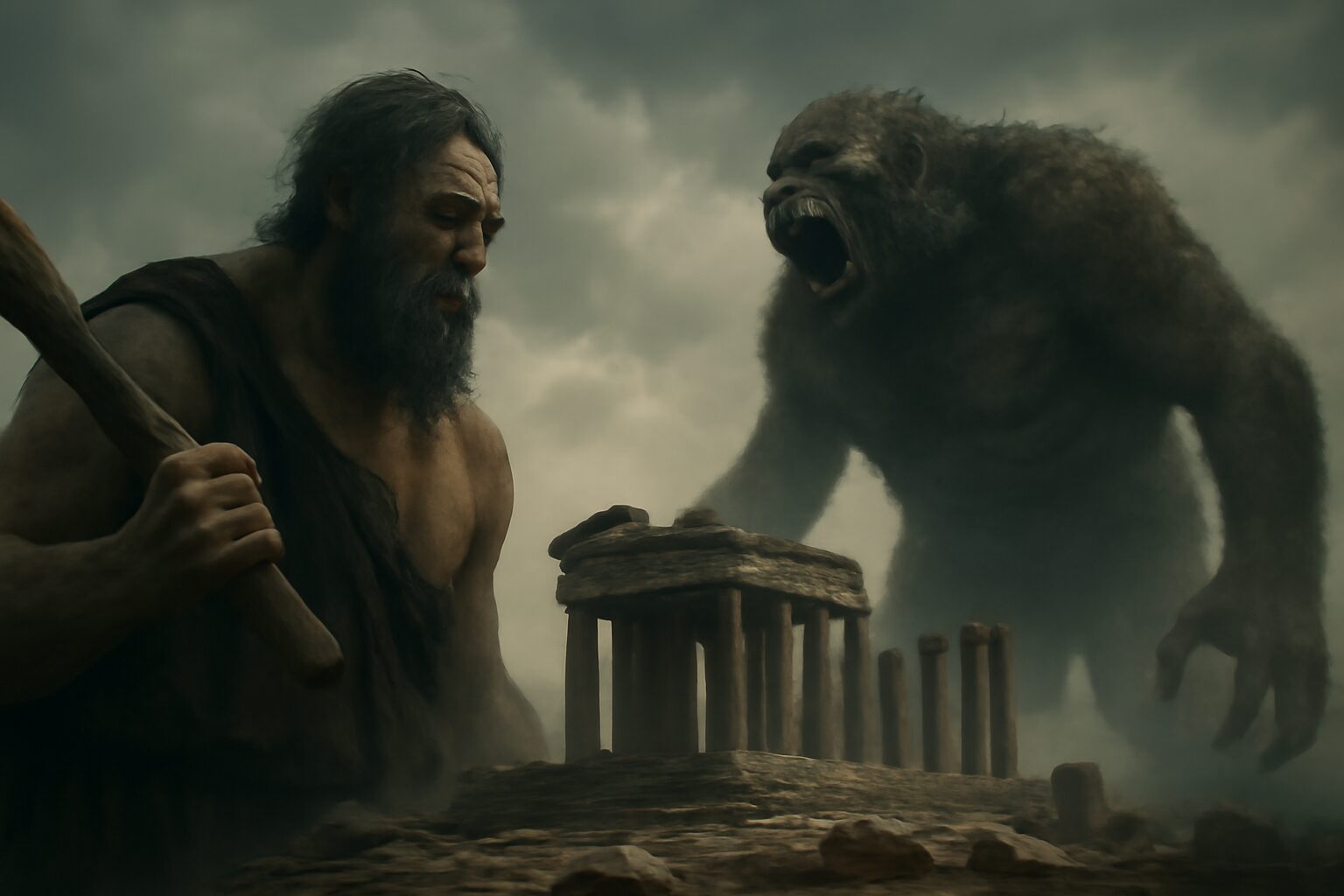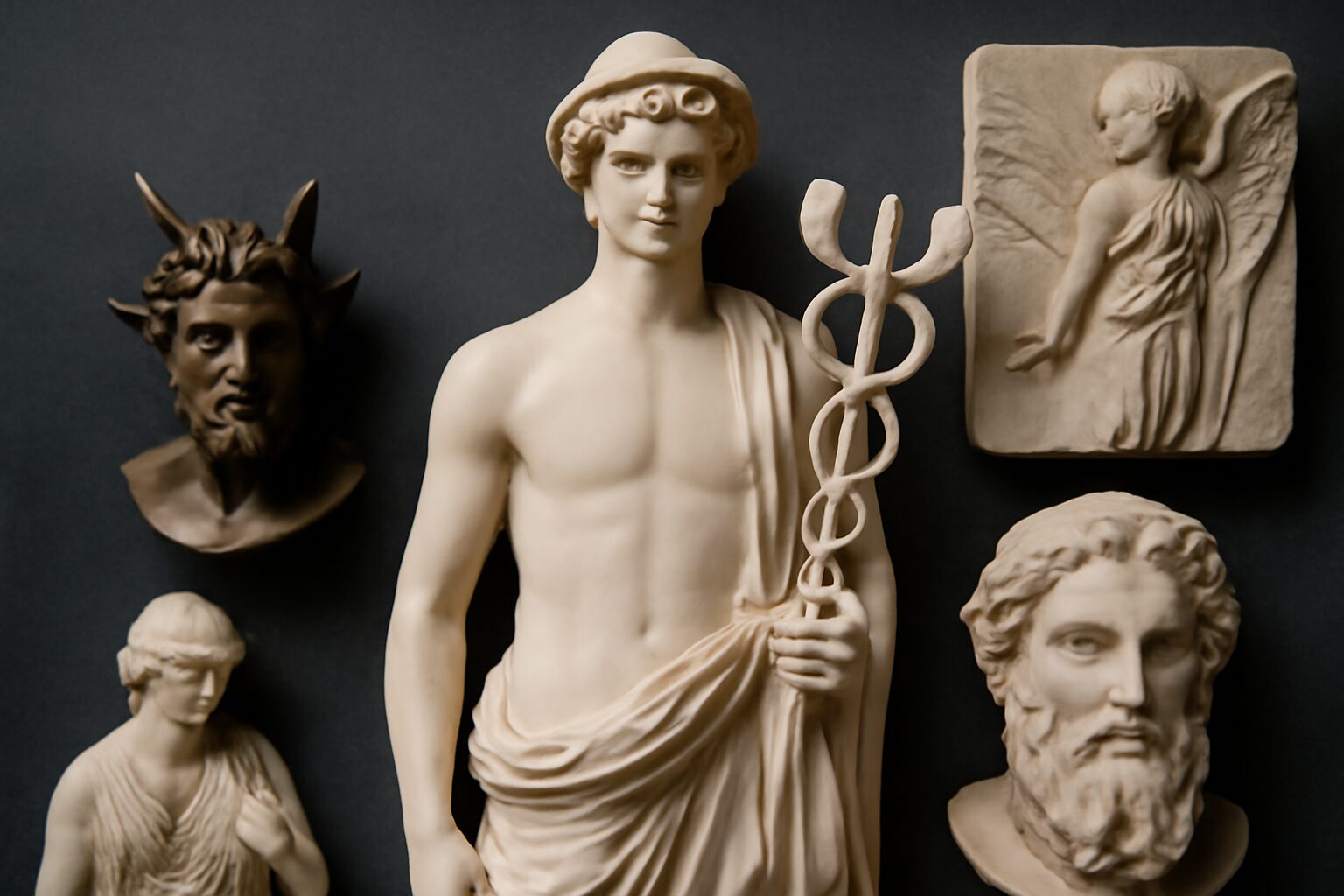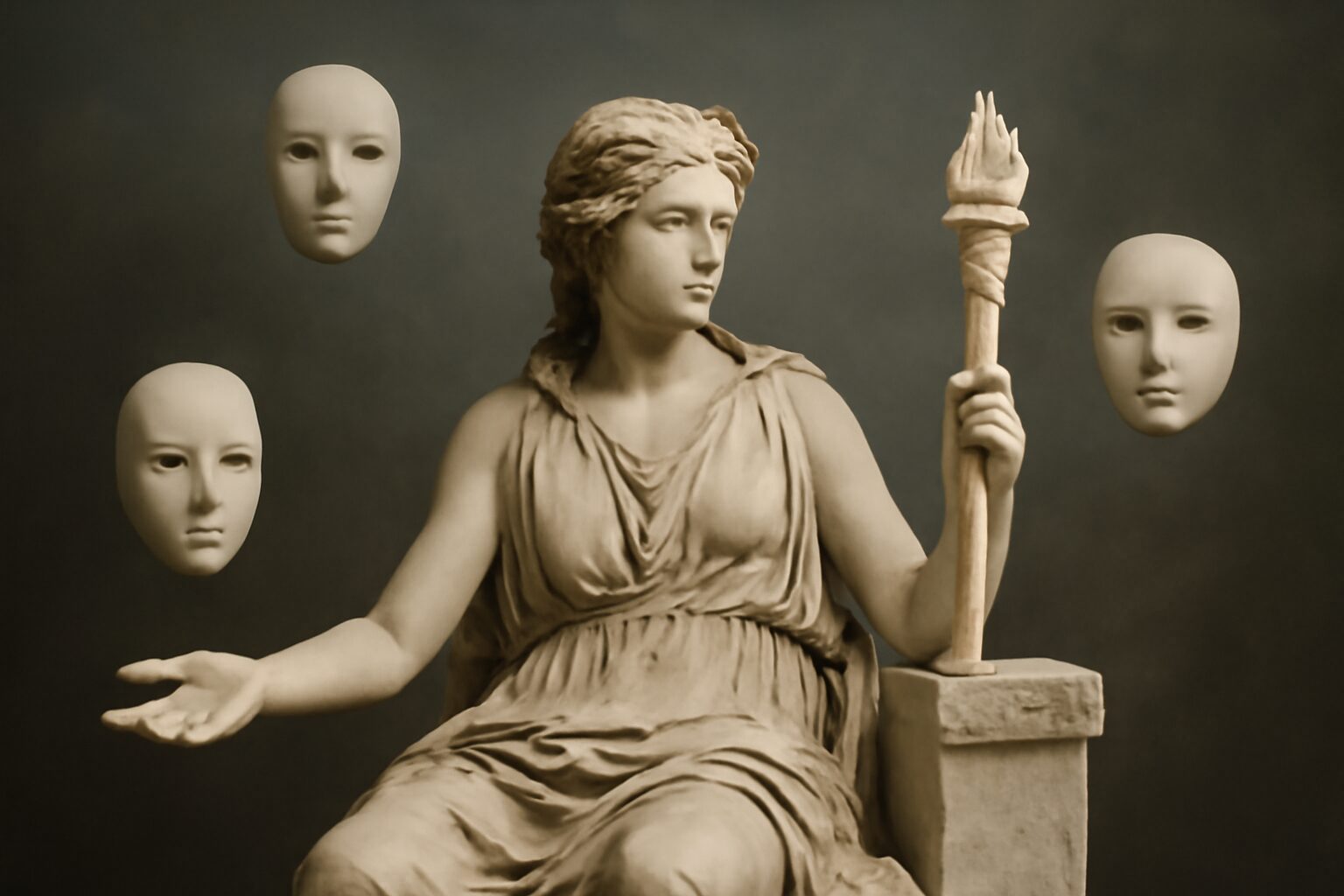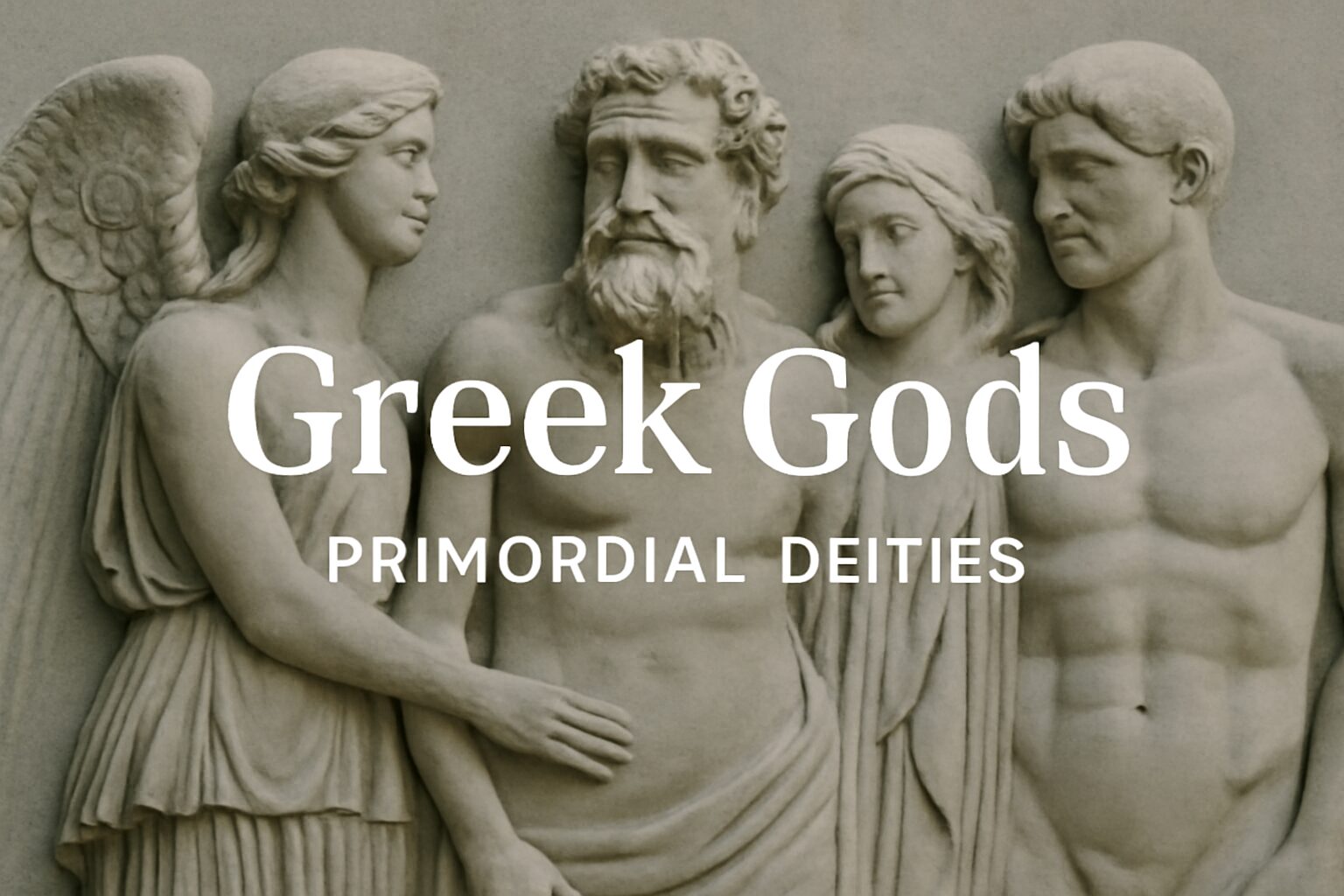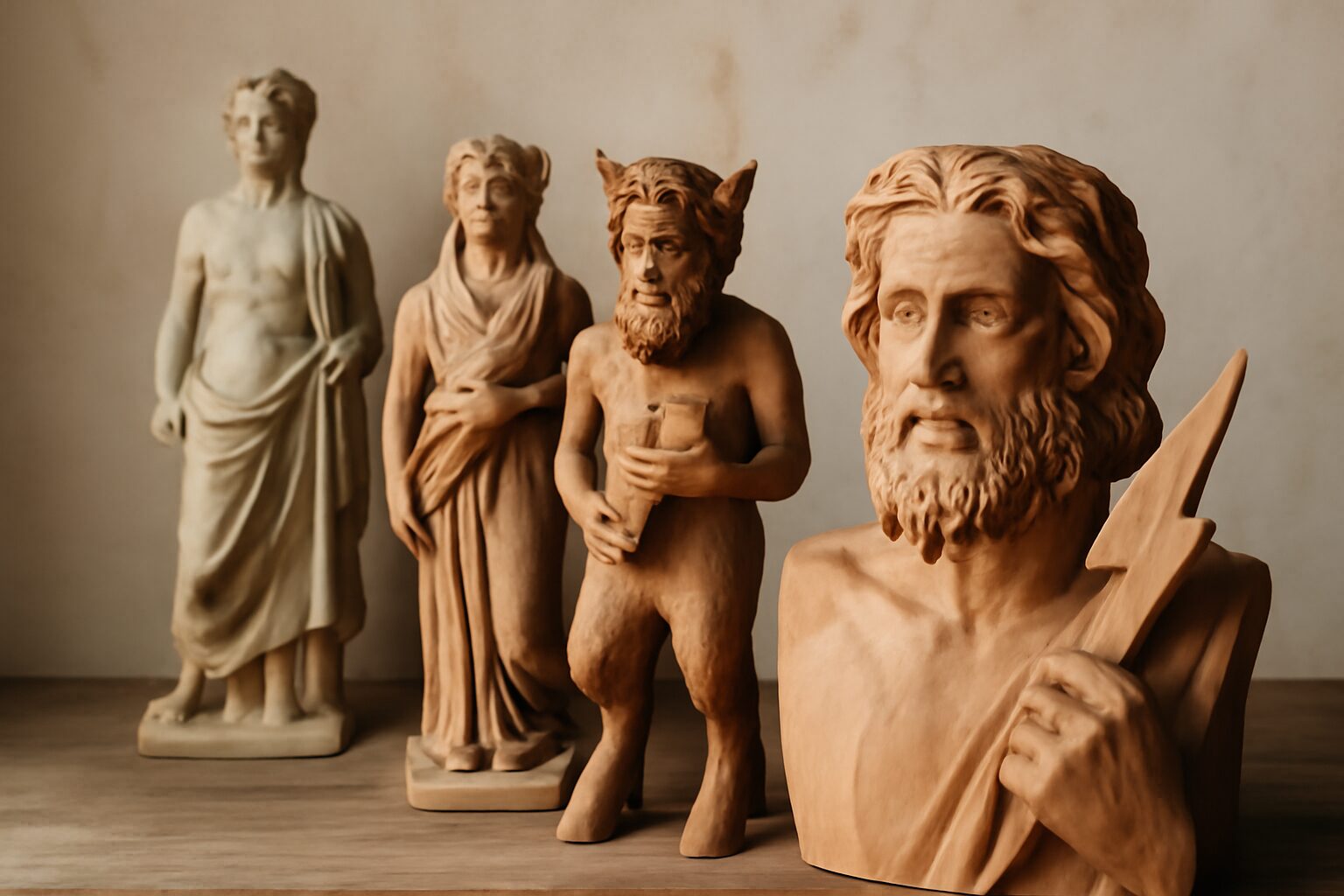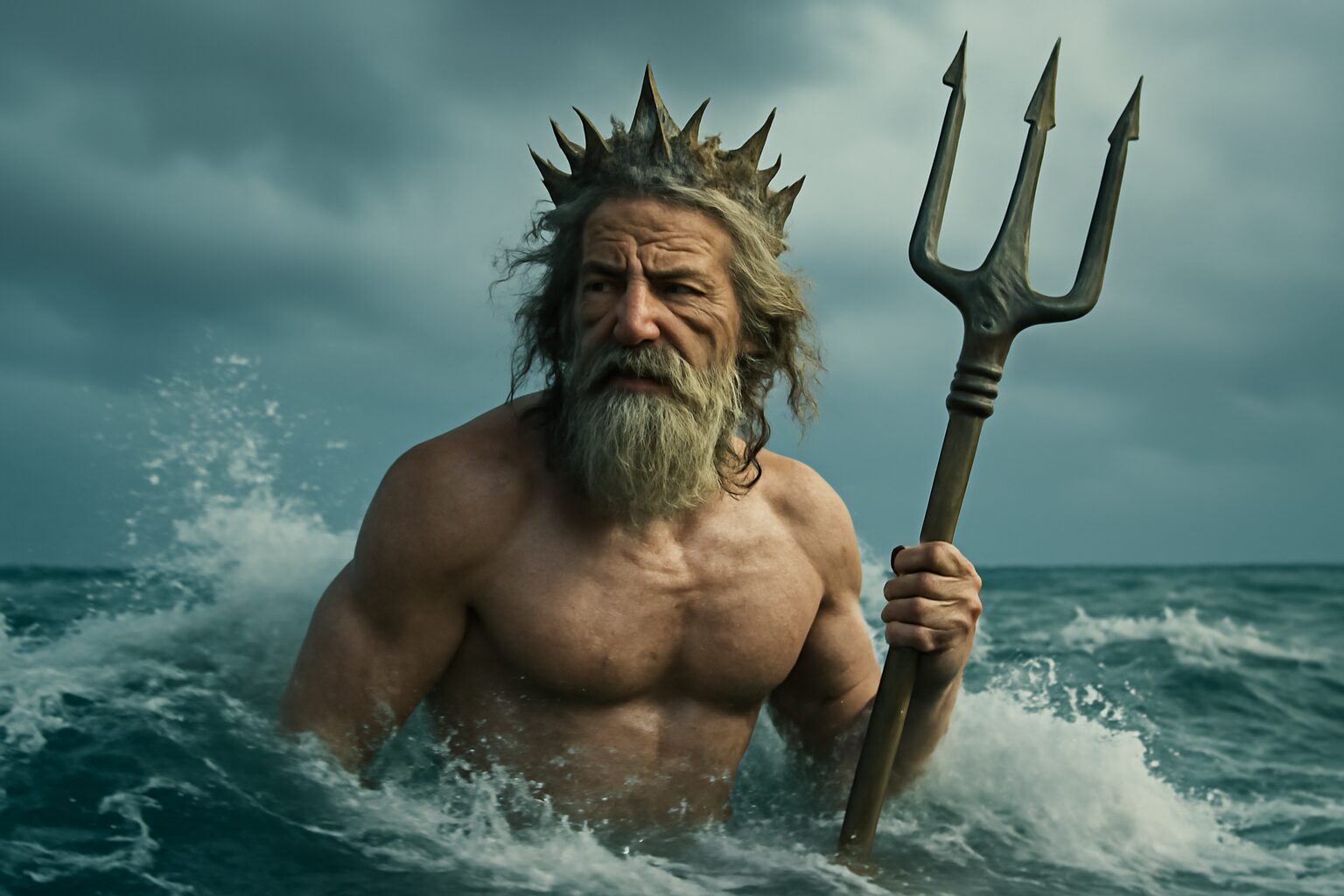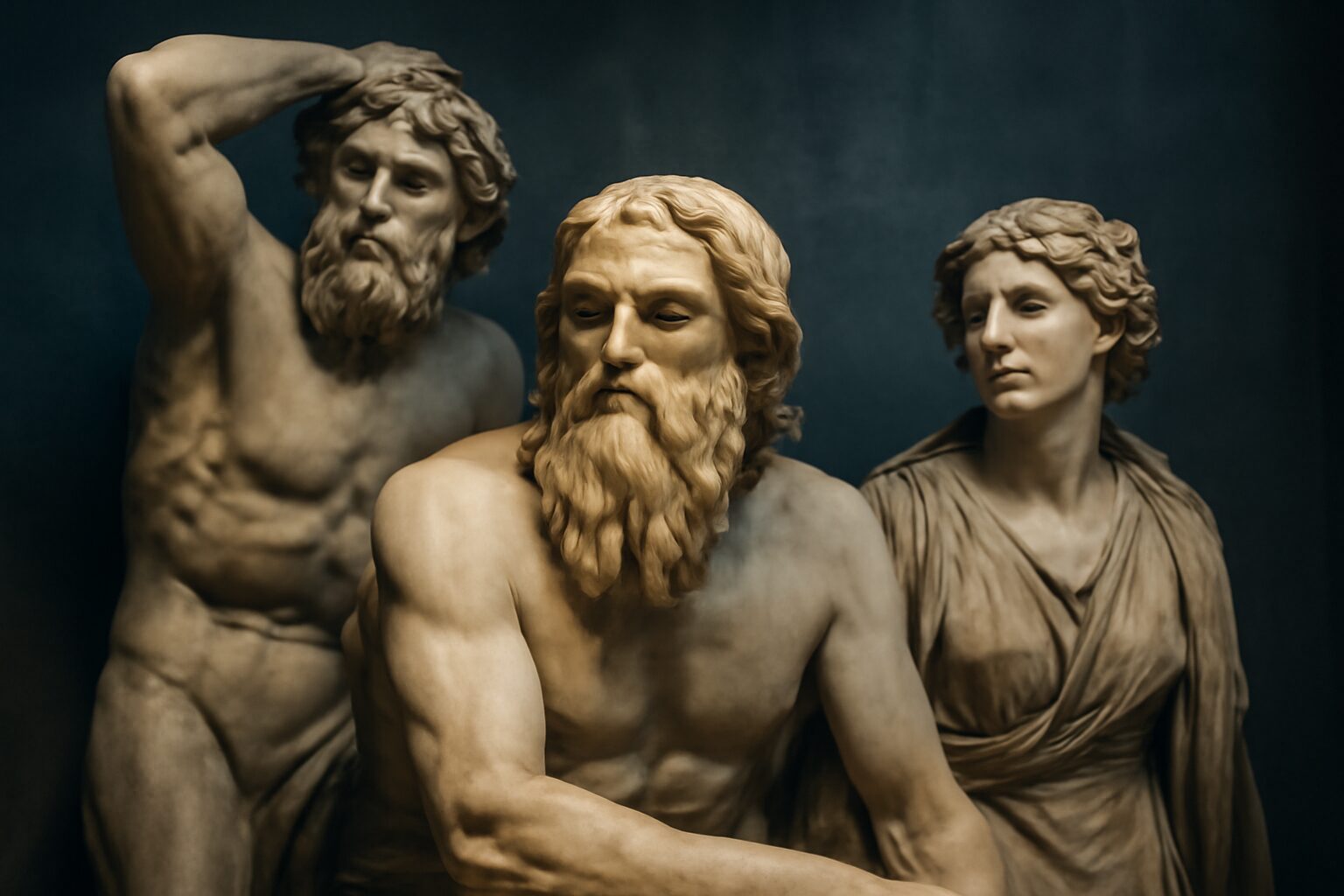Artemis: Goddess of the Hunt and Wilderness
Artemis, one of the most revered deities in Greek mythology, was the goddess of the hunt, wilderness, wild animals, and childbirth. As the daughter of Zeus and Leto, and the twin sister of Apollo, she was a powerful and independent figure, often depicted with a bow and quiver of arrows, accompanied by a deer or hunting dogs.
Mythology and Origins
Artemis was born on the island of Delos, where her mother, Leto, sought refuge from Hera's wrath. According to myth, Artemis helped deliver her twin brother, Apollo, shortly after her own birth, which established her connection to childbirth and midwifery. From a young age, she requested eternal virginity from her father, Zeus, along with a bow and arrows, a short tunic for hunting, and the freedom to roam the forests.
Powers and Symbols
Artemis was a skilled huntress, known for her unmatched accuracy with a bow. She was also a protector of young girls and women, overseeing their transitions into adulthood. Her domain extended to the moon, earning her the title Selene in later traditions. She could bring sudden death to women with her arrows but also had the power to heal and protect. Her symbols included the crescent moon, the cypress tree, and the stag.
Relationships and Legends
Artemis was fiercely independent and avoided romantic entanglements, valuing her chastity above all. One famous myth involves the hunter Actaeon, who stumbled upon her bathing. Enraged, she transformed him into a stag, and he was torn apart by his own hounds. Another legend tells of Orion, a hunting companion whom she either killed accidentally or at the request of Apollo, depending on the version.
She was also known for her wrath when crossed. When Queen Niobe boasted of having more children than Leto, Artemis and Apollo slaughtered Niobe's offspring in retaliation. Yet, she was also compassionate—she rescued Iphigenia from sacrifice, replacing her with a deer at the last moment.
Significance in Greek Culture
Artemis was widely worshipped across Greece, with major temples in Ephesus (where she was revered as a fertility goddess) and Brauron (where young girls performed rites in her honor). Festivals like the Brauronia celebrated her role in guiding young women. Her dual nature—both nurturing and destructive—made her a complex and compelling figure, embodying the untamed power of nature itself.
Alternative Names for Artemis
God Name: Diana (Roman)
Diana is the Roman equivalent of Artemis, sharing similar attributes as the goddess of the hunt, wilderness, and the moon. The Romans adopted and adapted many Greek deities, with Diana being one of the most prominent.
God Name: Cynthia (Greek)
Cynthia is an epithet for Artemis, derived from Mount Cynthus on Delos, her birthplace. It emphasizes her connection to the moon and her role as a lunar deity.
God Name: Phoebe (Greek)
Phoebe is another epithet for Artemis, meaning 'bright' or 'pure.' It is associated with her grandmother, the Titan Phoebe, and highlights Artemis's connection to light and purity.
God Name: Potnia Theron (Greek)
Potnia Theron means 'Mistress of Animals' and reflects Artemis's role as a protector of wildlife and the natural world. This title underscores her dominion over beasts and the hunt.
God Name: Agrotera (Greek)
Agrotera is an epithet meaning 'the Huntress,' emphasizing Artemis's primary role as a goddess of the hunt. It is often used in contexts where her skill and prowess in hunting are highlighted.
God Name: Hegemone (Greek)
Hegemone means 'Leader' or 'Guide,' reflecting Artemis's role in guiding and protecting young women and hunters. This title underscores her protective and nurturing aspects.
Tales about Artemis
Artemis and Apollo: The Hunter's Rivalry
In the golden age of gods, Artemis and her twin brother Apollo were known for their shared dominion over archery and the wild. Yet, a fierce rivalry brewed between them, each claiming to be the superior hunter. One fateful day, they spotted a magnificent golden-horned stag, a creature sacred to both. Artemis, swift and silent, nocked her arrow, but Apollo, with a cunning smile, challenged her to a contest: whoever felled the stag would earn the other's bow for a century.
The Stag's Flight
The stag bolted through forests and across rivers, its golden antlers gleaming under the sun. Artemis pursued with grace, her silver arrows singing through the air, while Apollo used his divine speed to cut off its path. Just as Artemis loosed her arrow, Apollo summoned a gust of wind, deflecting her shot. Enraged, she accused him of cheating, but the stag vanished into a mist—a trick of Iris, the rainbow messenger, sent by Zeus to prevent conflict. The twins, humbled, agreed to never again let competition overshadow their bond, and they celebrated with a hunt side by side, honoring the wild together.
Artemis and Hecate: Guardians of the Crossroads
When the moon was new and shadows stretched long, Artemis often wandered the boundaries of the mortal world, where she encountered Hecate, the goddess of magic and crossroads. Hecate, with her torches ablaze, was guiding lost souls one eerie night when Artemis joined her, curious about the realm between light and darkness.
A Pact Under the Stars
Together, they faced a horde of restless spirits stirred by Phantasos, the bringer of deceptive dreams. Artemis used her arrows to pierce the illusions, while Hecate's incantations bound the phantoms to the earth. In gratitude, Hecate gifted Artemis a silver talisman that glowed with moonlight, enhancing her connection to the night. From that night on, they became allies, with Artemis protecting the physical wilds and Hecate the mystical ones, their powers intertwined like vines under the watchful eyes of the stars.
Frequently Asked Questions
Who is Artemis in Greek mythology?
Artemis is the Greek goddess of the hunt, wilderness, wild animals, the Moon, and chastity. She is the daughter of Zeus and Leto, and the twin sister of Apollo. Artemis is often depicted with a bow and arrows, symbolizing her role as a huntress.
Why is Artemis important among the Olympian gods?
Artemis is important because she represents independence, strength, and protection of nature. As one of the twelve Olympian gods, she was widely worshipped in ancient Greece, especially by hunters, young girls, and women seeking protection during childbirth.
What are some myths or stories about Artemis?
One famous myth is the story of Actaeon, a hunter who accidentally saw Artemis bathing. As punishment, she turned him into a stag, and he was torn apart by his own hounds. Another myth tells of her protecting her mother Leto and helping women in childbirth, showcasing her dual nature as both fierce and nurturing.
How does Artemis relate to modern culture?
Artemis' influence can be seen today in themes of female empowerment, environmental conservation, and independence. She inspires modern literature, movies, and even space programs like NASA's Artemis mission, which aims to return humans to the Moon, symbolizing exploration and discovery.
What symbols are associated with Artemis?
Artemis is commonly associated with the bow and arrow, the Moon, deer, cypress trees, and hunting dogs. These symbols reflect her roles as a huntress, protector of wildlife, and lunar deity.

